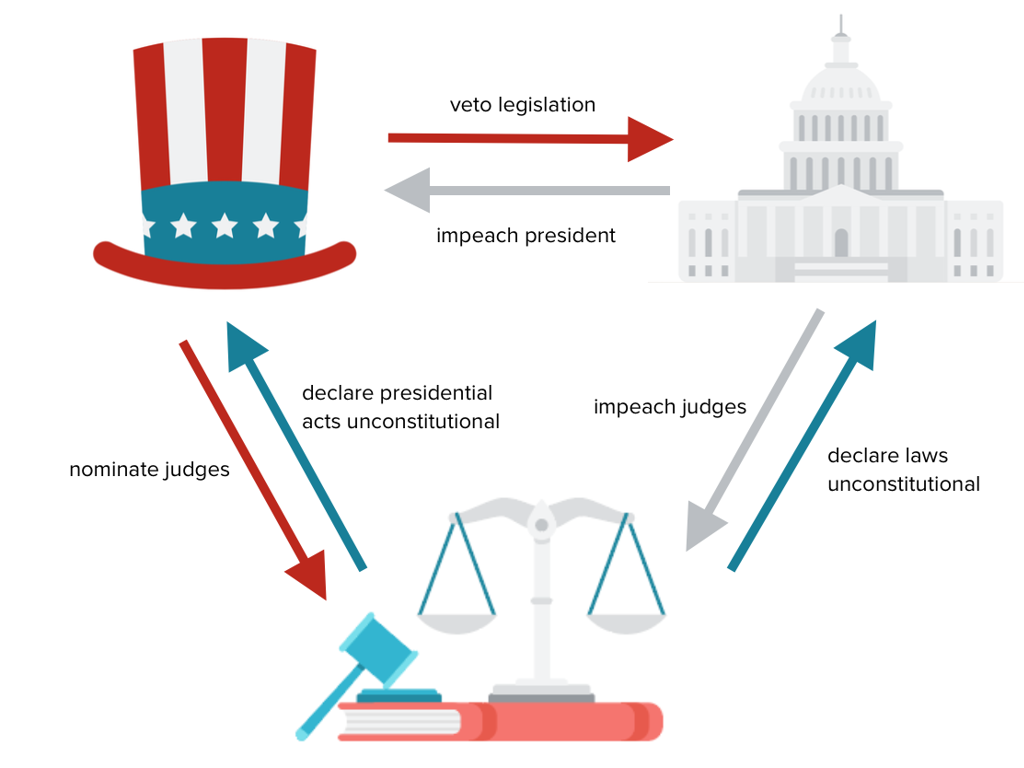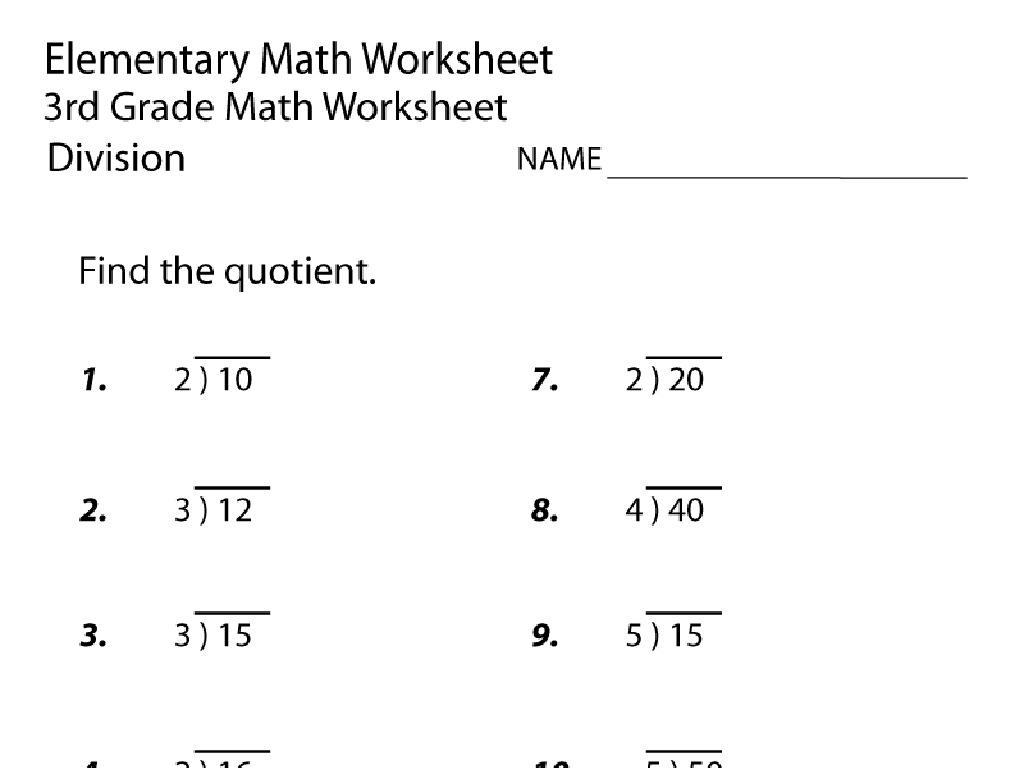The Abolitionists
Subject: Social studies
Grade: Seventh grade
Topic: The Antebellum Period
Please LOG IN to download the presentation. Access is available to registered users only.
View More Content
Understanding the Antebellum Period: The Abolitionists
– Define the Antebellum Period
– Time before the Civil War in the U.S.
– Meaning of ‘Antebellum’
– ‘Antebellum’ refers to ‘before the war’, specifically before the American Civil War
– Introduce The Abolitionists
– Abolitionists fought to end slavery
– Significance in history
|
This slide introduces students to the Antebellum Period, setting the stage for understanding the context in which abolitionists operated. The term ‘Antebellum’ comes from Latin and means ‘before the war’, referring to the culture and society in the Southern United States before the Civil War. Emphasize the role of abolitionists who were crucial in the fight against slavery, advocating for emancipation and equal rights. This lesson will explore their impact and legacy, which is a significant chapter in American history. Encourage students to think about how the efforts of abolitionists have shaped the society we live in today.
Understanding Abolitionism
– Abolitionism defined
– Movement to end slavery and the slave trade
– Goals of abolitionists
– Abolish slavery, promote racial equality
– Moral drive of the movement
– Belief in the immorality of slavery
– Ethical stance against slavery
– Upholding human rights and dignity for all
|
Abolitionism was a powerful movement aimed at ending slavery and the slave trade in the United States. The abolitionists had several goals, including the immediate emancipation of all slaves and the end of racial discrimination and segregation. They were driven by strong moral and ethical convictions, believing that slavery was a grave injustice and morally wrong. They argued that every individual, regardless of race, deserved freedom and human rights. This slide will help students understand the fundamental principles of the abolitionist movement and its impact on American society. Encourage students to reflect on the importance of moral and ethical reasoning in driving social change.
Key Abolitionists of the Antebellum Period
– Harriet Tubman: The Moses of Her People
– Escaped slavery, led others to freedom via the Underground Railroad.
– Frederick Douglass: The Orator
– Escaped slave, became a leading voice for abolition through speeches and writings.
– William Lloyd Garrison: The Liberator
– Prominent white abolitionist, editor of anti-slavery newspaper ‘The Liberator’.
– Their Impact on Abolition
|
This slide introduces students to three pivotal figures in the abolitionist movement. Harriet Tubman, known for her daring efforts to lead slaves to freedom, serves as a powerful example of courage and determination. Frederick Douglass, through his eloquent speeches and writings, provided a persuasive argument against slavery and for the rights of African Americans. William Lloyd Garrison’s influential anti-slavery publication ‘The Liberator’ was instrumental in spreading abolitionist ideas. Discuss the significant contributions each individual made to the movement and how they used different methods to fight against slavery. Encourage students to reflect on the impact these abolitionists had on American society and the eventual end of slavery.
Abolitionist Strategies During the Antebellum Period
– Various strategies of abolitionists
– Strategies included protests, speeches, and written works advocating for the end of slavery.
– The Underground Railroad’s role
– A secret network that helped enslaved people escape to freedom.
– Abolitionist newspapers and literature
– Publications like ‘The Liberator’ raised awareness and support for the abolition movement.
– The societal impact they created
– These efforts increased public opposition to slavery, swaying public opinion and political action.
|
This slide aims to educate students on the diverse tactics abolitionists employed to combat slavery in the United States during the Antebellum period. Emphasize the importance of the Underground Railroad as a symbol of resistance and the bravery of those involved. Highlight how abolitionist newspapers and literature, such as works by Frederick Douglass, played a crucial role in informing and mobilizing the public. Discuss the broader impact of these strategies on society, including how they contributed to the growing tension between the North and South, setting the stage for the Civil War. Encourage students to reflect on the power of collective action and the written word in driving social change.
Challenges Faced by Abolitionists
– Legal and social barriers
– Laws and societal norms supported slavery.
– Violence against abolitionists
– Abolitionists often faced physical harm.
– North-South slavery divide
– Disagreement on slavery polarized the nation.
– Impact on abolition movement
|
This slide aims to highlight the significant challenges that abolitionists encountered during the Antebellum period. Abolitionists had to contend with laws that entrenched slavery and societal attitudes that viewed it as a norm. Additionally, they were frequently the targets of violence, which was a tactic used to intimidate and silence them. The divide between the North and South was not just geographical but also ideological, with the South largely defending slavery as an economic necessity, while many in the North opposed it. This division would eventually lead to the Civil War. The content should emphasize the courage and resilience of the abolitionists in the face of these challenges and the impact their struggle had on the movement to end slavery. Encourage students to reflect on how these challenges might have influenced the strategies and messages of the abolitionist movement.
The Impact of the Abolitionist Movement
– Movement’s role in Civil War
– Abolitionists intensified national tensions, leading to war.
– The Emancipation Proclamation
– Proclamation declared freedom for slaves in Confederate states.
– Long-term abolitionist effects
– Movement laid groundwork for civil rights advancements.
|
This slide aims to highlight the significant impact of the abolitionist movement on American history. Discuss how the movement’s push for the end of slavery was one of the factors that led to the Civil War, as it increased tensions between the North and South. Explain the importance of the Emancipation Proclamation, issued by President Abraham Lincoln, which declared that all slaves in the Confederate states were to be set free. This was a crucial step towards the eventual abolition of slavery. Lastly, delve into the long-term effects of the movement, emphasizing how it set the stage for future civil rights movements and the ongoing fight for equality in the United States. Encourage students to reflect on the lasting legacy of the abolitionists and how their actions continue to influence society today.
Role-Play: Abolitionist Figures and Events
– Divide into small groups
– Role-play an abolitionist figure/event
– Choose figures like Harriet Tubman or events like the Underground Railroad
– Prepare a group presentation
– Share with the class
|
This class activity is designed to engage students with the abolitionist movement through interactive role-play. By dividing the class into small groups, each group can focus on a specific figure, such as Frederick Douglass or Harriet Tubman, or an event, like the publication of ‘Uncle Tom’s Cabin’ or the Underground Railroad. Encourage students to research their assigned figures or events to accurately portray their significance in the movement. Each group will prepare a short presentation to share their role-play with the class, allowing for a diverse exploration of the abolitionist movement. Provide guidance on how to create effective role-plays and presentations, and ensure that each group understands the historical context of their figure or event. Possible activities include writing a speech, reenacting a key moment, or creating a visual aid to accompany their presentation.






